Welcome to our blog on high-density cashew plantations! You’ve come to the right place if you’re interested in maximizing your cashew yield and optimizing your farming techniques. This article will delve into the essential aspects of high-density cashew planting, including spacing, plants per acre, techniques, cost, and yield. By the end, you’ll have a solid understanding of how to achieve a thriving cashew plantation and reap the rewards of your hard work.
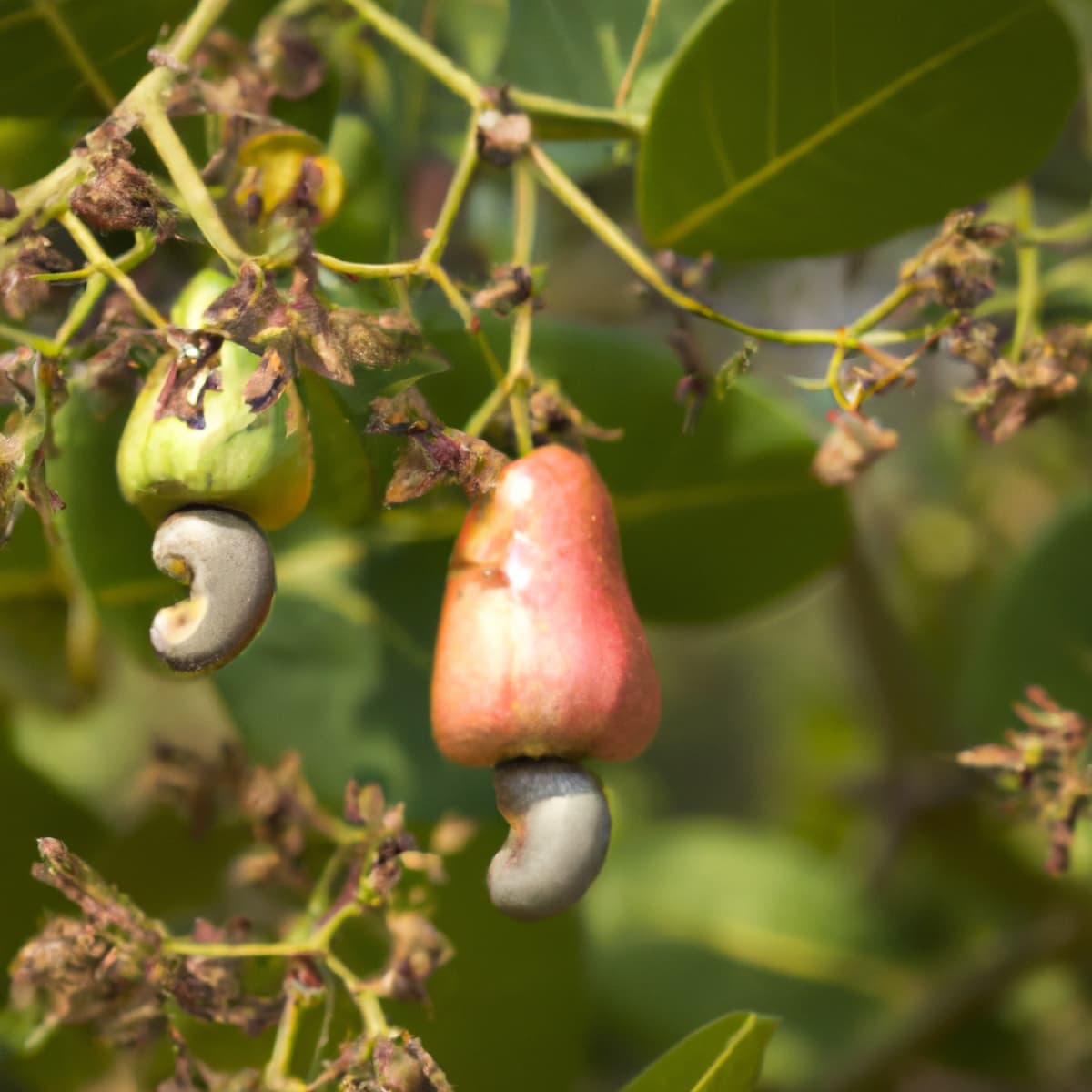
What is High-Density Cashew Plantation?
High-density cashew plantation refers to a modern farming technique that maximizes cashew yield by strategically spacing the trees. It involves planting a larger number of cashew trees per acre compared to traditional plantations. The ideal spacing ranges from 5×4 meters to 5×5 meters, allowing each tree to grow properly and receive ample sunlight.
With high-density planting, farmers can achieve significantly higher yields, sometimes exceeding 1,000 kg of cashew nuts per acre. This approach optimizes land usage and can increase profits while ensuring environmental sustainability.
Benefits of High-Density Cashew Plantation
- Increased Yield: Well-managed high-density cashew plantations can produce up to 1,000 kg of cashew nuts per acre, surpassing traditional plantations.
- Optimal Land Utilization: Farmers can maximize land usage and accommodate 250 to 400 trees per acre by spacing cashew trees closer together, leading to higher productivity.
- Efficient Resource Utilization: High-density planting allows for the efficient use of resources such as water, fertilizers, and labor, resulting in reduced waste and improved cost-effectiveness.
- Enhanced Pest and Disease Management: With closer tree spacing, monitoring and controlling pests and diseases becomes easier, minimizing their impact on the plantation.
- Improved Sunlight Exposure: Proper spacing ensures each cashew tree receives adequate sunlight, promoting healthy growth and nut development.
- Water Conservation: High-density plantations can conserve water by reducing irrigation needs through optimized tree distribution and shading.
- Soil Erosion Prevention: The proximity of trees helps create a natural barrier that reduces soil erosion and enhances soil health and fertility.
- Environmental Sustainability: High-density cashew plantations optimize land use, promote biodiversity, and contribute to sustainable agriculture practices, minimizing the ecological footprint.
High-Density Cashew Plantation Techniques
- Drip Irrigation: Implementing drip irrigation systems in high-density cashew plantations ensures efficient water usage. This technology provides precise and controlled water delivery, reducing water wastage and promoting optimal tree growth.
- Nutrient Management: Advanced techniques such as soil testing and precision nutrient application allow farmers to provide the nutrients cashew trees need. This approach enhances tree health, vigor, and overall productivity.
- Pest and Disease Control: Integrated pest management (IPM) techniques utilize a combination of biological, cultural, and chemical controls to manage pests and diseases effectively. This approach minimizes harmful pesticides and fosters a healthier and more sustainable plantation ecosystem.
- Mechanized Planting and Harvesting: Modern machinery and equipment simplify the process of planting and harvesting in high-density cashew plantations. This technology saves time, reduces labor costs, and ensures precision in operations.
- Data-driven Farming: Utilizing data analytics, remote sensing, and satellite imaging allows farmers to monitor plantation health, detect early signs of stress, and make informed decisions for targeted interventions. This data-driven approach maximizes productivity and optimizes resource allocation.
In case you missed it: Top 20 Steps to Boost Cashew Yield: How to Increase Production, Cashew Size, and Quality
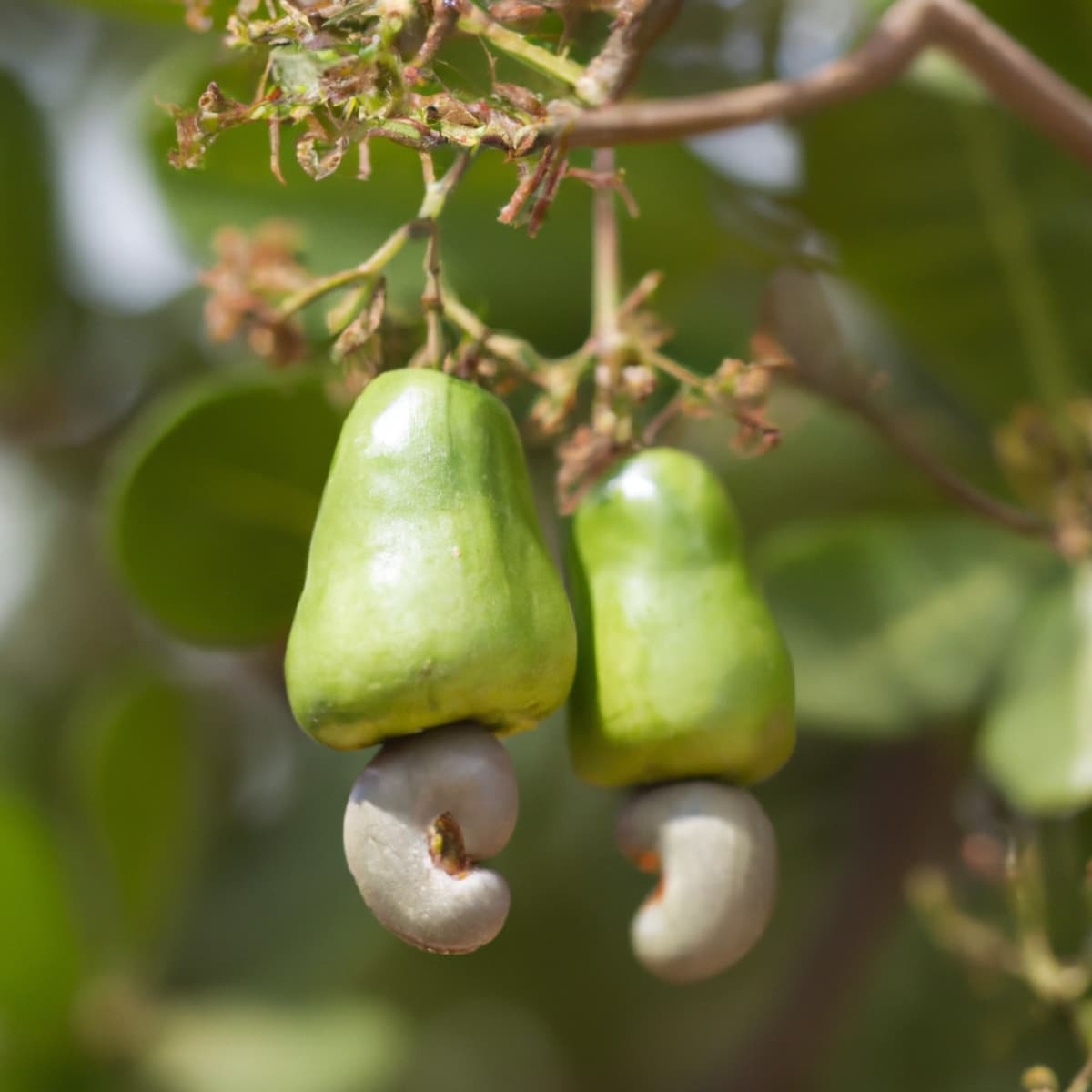
Increasing Yield in High-Density Cashew Plantation
High-density cashew plantation is particularly beneficial in less fertile areas where the initial growth of cashew plants is slow, leading to limited ground coverage in the early years. Implementing a high-density planting system with 625 trees per hectare in such locations can significantly increase cashew yield.
Over up to 6 years, the yield can be quadrupled, while over up to 12 years, it can be increased by 2.5 times. This approach allows farmers to optimize land usage and maximize the productivity of cashew plantations in less fertile regions, ultimately leading to higher yields and improved profitability.
Sustainable and Best Practices for High-Density Cashew Plantation
Ideal Soil and Climatic Requirements for Cashew Plantation: Cashew grows well in poor soils in deep, sandy loam with good drainage. Cashews thrive in sandy red, coastal sandy, and laterite soils. Flooding and water stagnation impair plant growth. Thus, cultivators should avoid these. Maximum soil pH should be 8.0.
Cashews can also be grown in mineral-rich sandy soil. Cashew nuts grow best with 1000–2000 mm yearly rainfall and 20–30°C temperatures. It needs a well-defined dry weather condition for at least four months and does not like high rains or variable climates. Temperatures exceeding 36° C during flowering and fruiting may impair fruit quality.
Pit Preparation: Dig pits of 100 cm x 100 cm x 100 cm at a distance of 4 meters between rows and within each row. In sloped areas, pits should be opened along the contour line at 4-meter intervals. Fill the pits with fertile topsoil, 8-10 kg of organic manure, and 200 g of rock phosphate.
Proper Staking: After planting cashew grafts, stake them properly to prevent breakage at the graft joint due to wind. This ensures the stability and successful establishment of the grafts.
Mulching: Use dried or green leaves to prevent soil erosion, especially on sloped areas during the rainy season. Mulching also helps conserve moisture during dry summer months.
Fertilizer Application: In the first year, apply fertilizers and organic manure within a 50 cm radius from the stem of each plant. Use 366 g of urea, 67 g of muriate of potash, and 200 g of rock phosphate per tree per Year. In the second year, apply the same materials in a circular trench dug 75 cm away from the stem.
Incorporate poultry manure at a rate of 2 kg per plant in the trench and cover it with soil. From the third year onwards, apply the full dose of fertilizers and 5 kg of poultry manure per plant in a circular trench dug 1.5 meters from the stem.
De-blossoming and Pruning: De-blossom plants during the first year to encourage proper canopy development. Regular pruning should be done to achieve an umbrella-shaped canopy with a uniform spread. After six years, prune branches towards the periphery by cutting back a 0.5-meter radius around them. This allows 80% of light interception by the canopy while allowing 20% to penetrate the ground through gaps in the canopy.
Pruning should be done in August, and Bordeaux paste should be applied to cut the ends of thicker branches. Topping at 3 meters from the 5th Year onwards is necessary. By the 11th Year, thin out the tree population to 50% by removing every alternate tree in each row.
Leader Shoot Pruning: Once the canopy has developed, prune the leader shoots (last Year’s growth) regularly, preferably every two years. Use at least 60% of the canopy spread for pruning. The length of the pruned leader shoots should be between 8 cm and 12 cm. This practice promotes the growth of productive lateral shoots, resulting in increased yield.
In case you missed it: Best Fertilizer for Cashew Tree: Organic, NPK, Compost Manure, and How to Apply
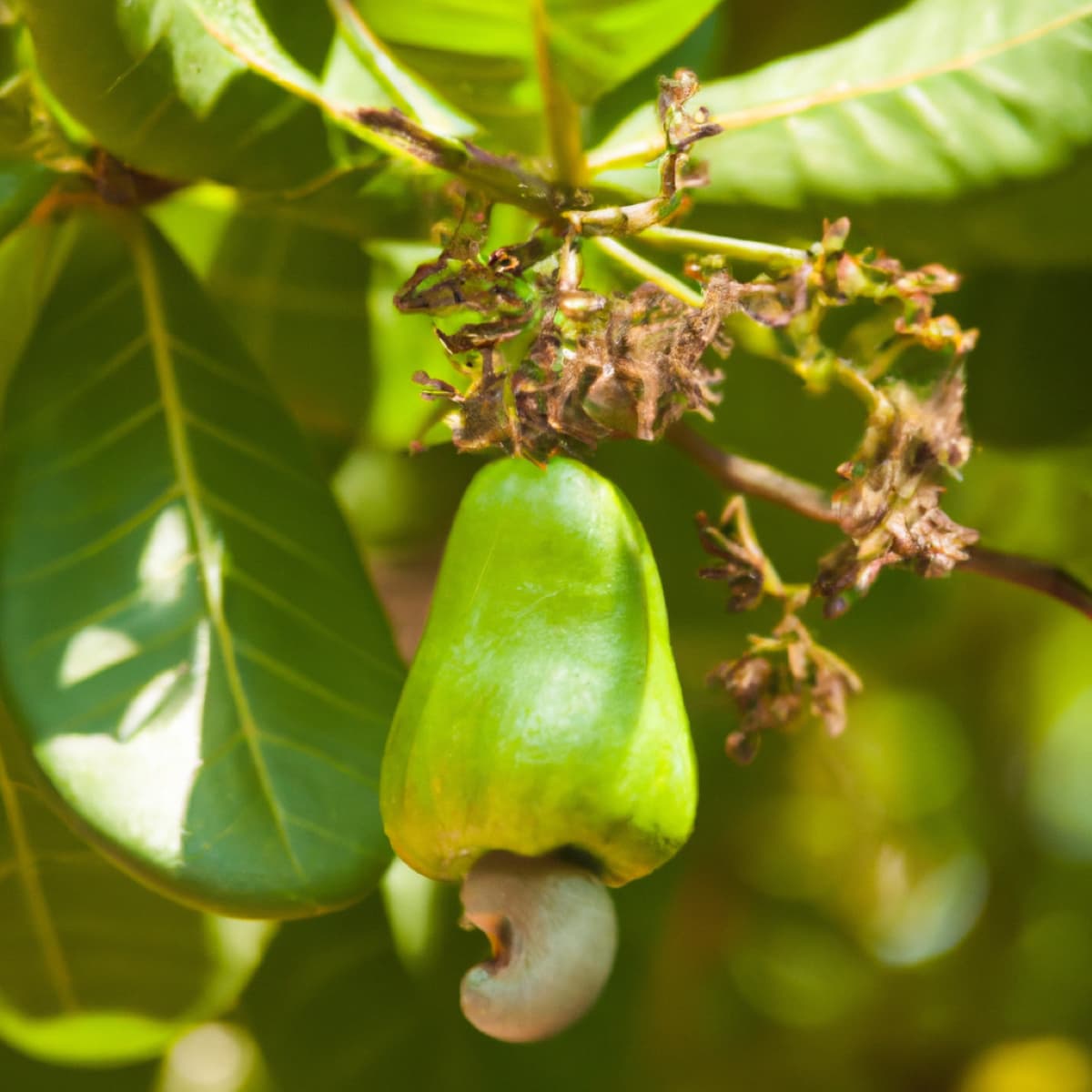
High-Density Cashew Plantation Spacing
High-density cashew plantation involves planting a greater number of grafts per unit area compared to normal-density plantations. Typically, grafts are planted at 4×4 meters, 5×5 meters, or 8×4 meters, resulting in planting densities of 625, 400, or 312 per hectare, respectively. The choice of spacing depends on factors such as suitability, purpose, and requirements.
Initially, higher-density populations are maintained for 7-10 years, allowing the canopies to expand. Higher densities can be sustained longer in poorer soils, with slower growth until canopies interconnect. In fertile soils, faster canopy expansion necessitates early thinning to mitigate competition for soil moisture, nutrients, and light. At the full growth stage, periodic thinning gradually reduces the population to the normal density of 200 trees per hectare.
High-Density Cashew Plantation Varieties
High-density cashew plantations benefit from a variety of globally popular cultivars. The W180 is renowned for its large kernel size and exceptional flavor, grown in India, Africa, and Vietnam. Originating from Vietnam, the KOR variety exhibits high kernel output and disease resistance, making it suitable for domestic and export markets. Developed in Brazil, the BRS 226 impresses with its productivity and nut quality, while the BRS 189 offers early flowering and high yields in regions with shorter growing seasons.
Nigeria’s H-130 is favored for its good yield and disease resistance. India’s dominant variety is known for its high yield, good nut size, and delightful taste. Other Indian varieties, selected for their adaptability to diverse agro-climatic conditions, include Vengurla-4, Vengurla-7, and Vridhachalam-1.
Ultra High-Density Planting in Cashew
Ultra high-density planting in cashew involves cultivating 1100 to 1600 plants per hectare or even more, focusing on maintaining a productive canopy through pruning techniques. This innovative approach was developed, standardized, and successfully demonstrated in over 500 hectares of farmland at the Directorate of Cashew Research, Puttur.
In case you missed it: Organic Cashew Production (Kaju) – Cultivation In India
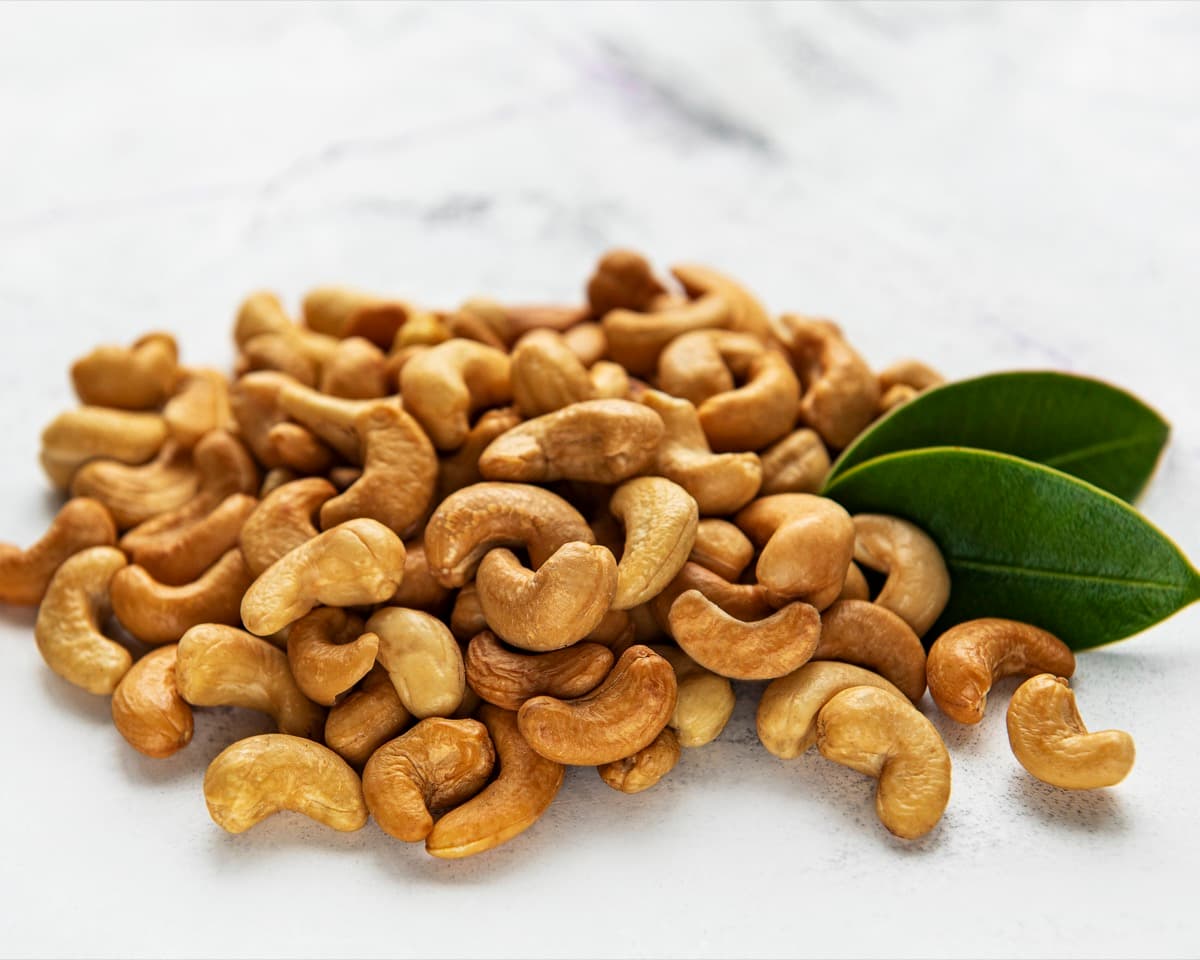
Compared to traditional planting methods, this technique has shown a significant improvement in yield, with an increase of 3-4 times per unit area. By implementing this method, farmers can achieve targeted yields relatively quickly. Specifically, selected precocious varieties like VRI-3, NRCC Sel-2, Ullal-1, and Ullal-3 have been identified for this high-density cashew plantation technology.
Cashew Plantation Propagation
Cashew tree propagation can be achieved through air layering or grafting techniques. Air layering, while successful, is more susceptible to drought and has lower survival rates under such conditions. Therefore, epicotyl grafting is recommended in drought-prone areas due to its higher success rate.
For epicotyl grafting, healthy seedlings with intact stones are uprooted from the nursery early and beheaded, leaving a height of 8-10 cm. A 4-6 cm deep downward parallel cut is made in the middle of the decapitated stalk, creating a fissure. The scion is then wedged into the fissure of the rootstock, ensuring a perfect match. The graft joint is tightly bound using a 100-120 mm gauge polythene strip, measuring 30 cm in length and 1.5 cm in width.
The tied graft is planted in a poly bag (30×20 sq cm) filled with soil, sand, and cow dung at 2:1:1. The poly bag should have drainage holes, and the graft joint should remain above the soil level. Adequate watering is necessary. Epicotyl grafting boasts a success rate of up to 70%, but it requires suitable temperature, high humidity, and hygiene to prevent fungal diseases in cashew nut plantations.
High-Density Cashew Plantation Pruning Methods
- Pruning in high-density cashew plantations to promote proper canopy development and maximize yield. In the first year, de-blossoming is recommended to encourage canopy growth. Regular pruning is necessary to achieve an umbrella-shaped canopy with a uniform spread. The canopy covers almost 100% of the ground area during the initial six years.
- After six years, overlapping branches create thick shade, reducing yield. To optimize light interception, branches towards the outer periphery are cut back by a 0.5-meter radius.
- This allows 80% of the light to be intercepted by the canopy while 20% reaches the ground through canopy gaps. Pruning is typically done in August, followed by applying 10% Bordeaux paste to the cut ends of thicker branches.
- Starting from the 5th Year, de-topping at a height of 3 meters becomes necessary. By the 11th Year, thinning out the tree population to 50% is advised by removing every alternate tree in each row.
- Regular pruning of leader shoots (last Year’s growth) should be done at least once every two years, using at least 60% of the canopy spread. The pruned leader shoot should be between 8cm and 12cm to stimulate the growth of productive lateral shoots, resulting in increased yield with flowering in the same Year.
Optimal Fertilization for High-Density Cashew Plantation
The pits should be filled with 10-15kg of Farm Yard Manure (FYM), 1kg of neem cake, and topsoil. The ideal time for planting is June-July, using seedlings that are 45 days old.
- 1st Year: 25g FYM, 250g N, 50g P2O5, 50g K20, 550g Urea, 175g Phosphate, 85g Potash per tree per Year.
- 2nd Year: 50g FYM, 500g N, 100g P2O5, 100g K20, 1100g Urea, 350g Phosphate, 165g Potash per tree per Year.
- 3rd Year: 50g FYM, 750g N, 200g P2O5, 200g K20, 1600g Urea, 750g Phosphate, 330g Potash per tree per Year.
- 4th Year onwards: 50g FYM, 1000g N, 300g P2O5, 400g K20, 2200g Urea, 1500g Phosphate, 670g Potash per tree per Year.
The application should be made in two parts, with half of the dose applied at the beginning of June and the remaining part during the 1st week of August. Organic farming methods can utilize natural sources such as organic manure, FMY, pig or poultry manure, fish meal, oil cakes, vermicompost, and bone meal. To apply nutrients/fertilizers, dig a ring of 15cm depth 1.5m away from the plants and mulch the area with soil and leaves.
In case you missed it: High-Density Fig Plantation: Spacing, Plants Per Acre, Techniques, Cost, and Yield
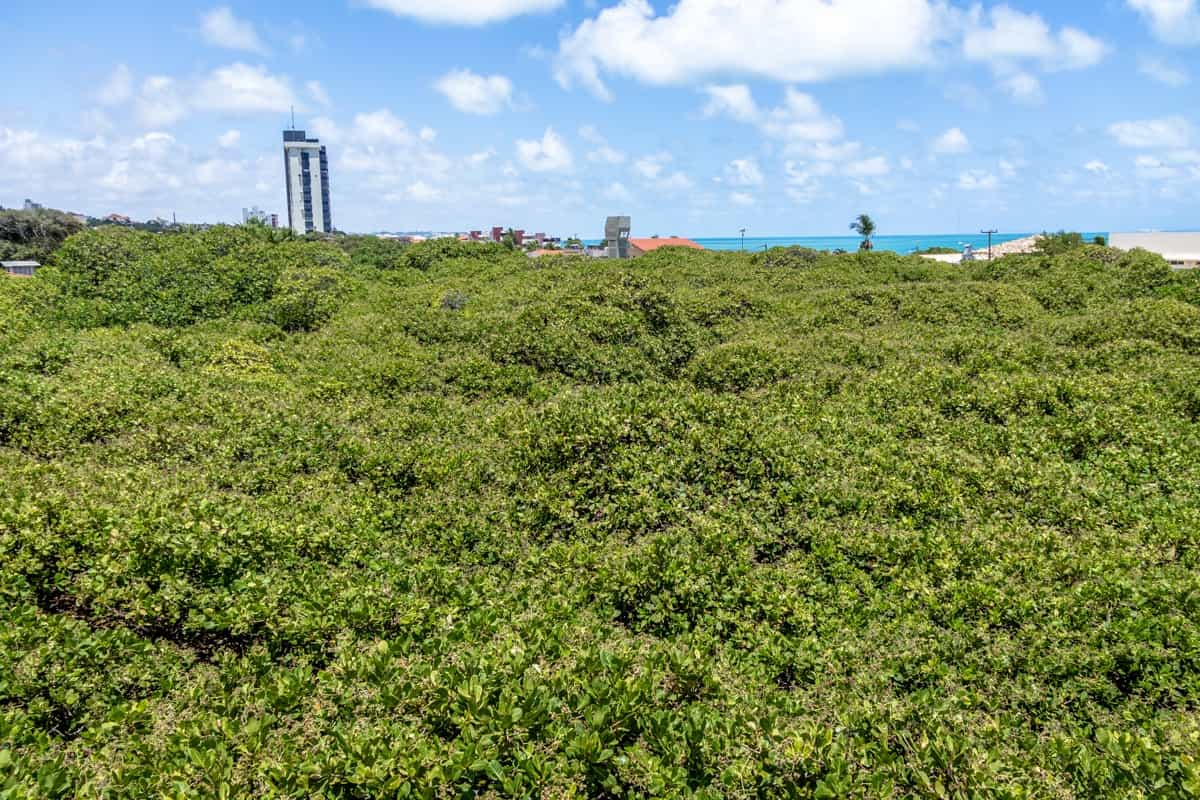
High-Density Cashew Plantation Disease and Pest Control
Effective disease and pest control are crucial in high-density cashew plantations. Specific treatments and sprays are recommended to manage pests like stem borers, shoot caterpillars, root borers, tea mosquito bugs, and leaf miners. Pruning and applying Bordeaux paste or spray are advised for diseases such as pink disease and anthracnose. These control measures, including removing affected parts and using appropriate insecticides and fungicides, should be implemented at specific stages of cashew growth.
High-Density Cashew Plantation Harvesting Tips
Harvesting in high-density cashew plantations can begin as early as the 3rd year, with the optimal months being March and May. After harvesting, separating the nuts from the cashew apples and exposing them to sunlight for 3-4 days is important to reduce moisture content. Farmers can expect a yield of 5-6 kg from the second year, which can increase to 8-10 kg from the 4th year onwards.
High-Density Cashew Plantation Cost Analysis (1 Acre Basis)
In a high-density cashew plantation (1 acre basis), the total cost for the first year amounts to Rs 1,50,000–2,00,000. Over a span of 10 years, excluding one-time costs, the total cost comes to Rs 5,30,000–6,50,000, and including one-time costs, it reaches Rs 7,00,000. With a yield of 4500-6000 kg per acre in the 10th year and assuming a cashew price of Rs 600 per kg, the profit amounts to Rs 20,00,000. These figures indicate the potential net profit in a high-density cashew plantation.
In case you missed it: High-Density Pistachio Plantation: Spacing, Plants Per Acre, Techniques, Cost, and Yield
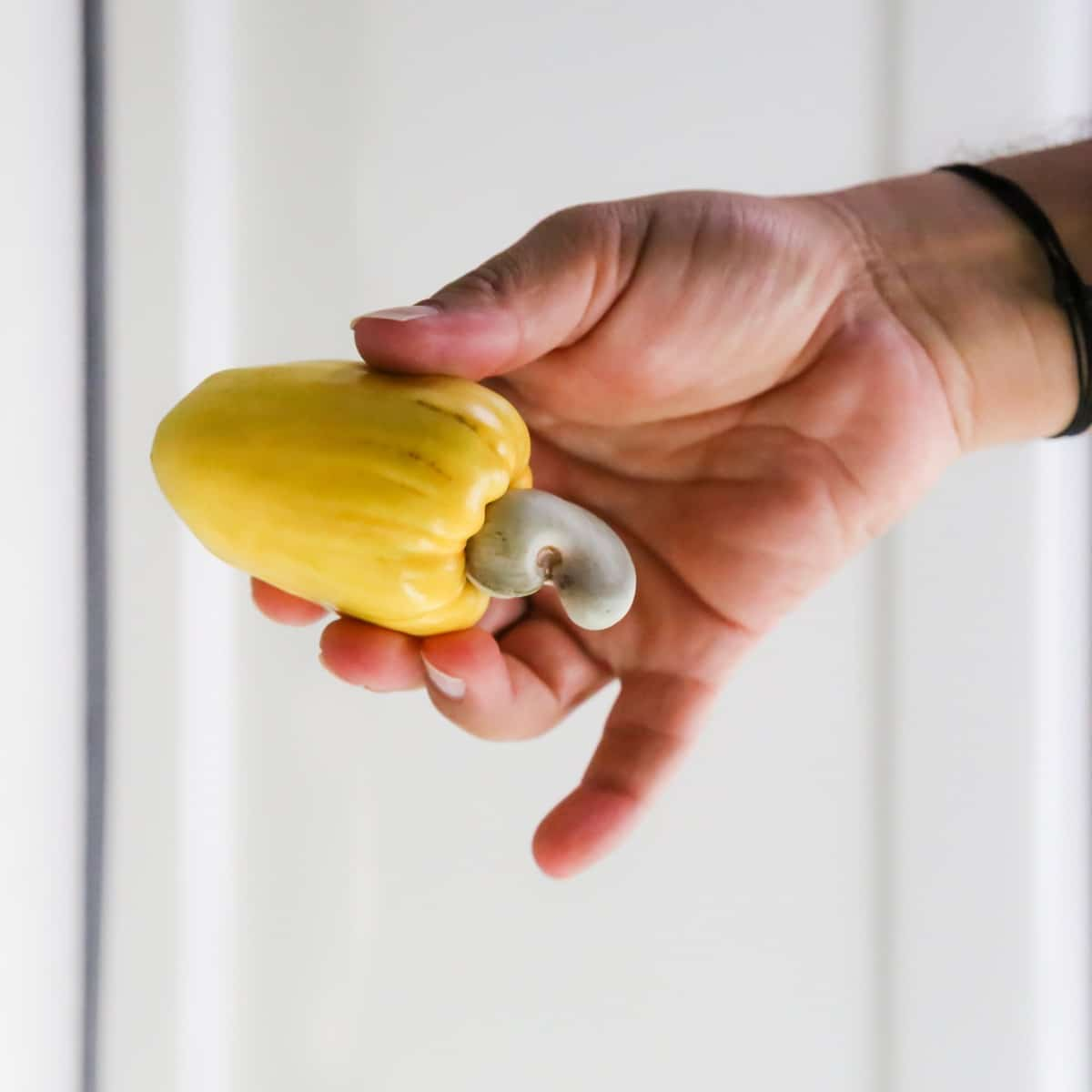
Conclusion
High-density cashew plantations with proper spacing, such as 5m x 5m, can accommodate around 400 plants per acre. Implementing effective techniques and managing costs can lead to a potential yield of 4500-5000 kg per acre, ensuring a profitable venture.
- Goat Farming Technology: The Future of Goat Husbandry
- How to Build a Low-budget Goat Shed: Cheap Ideas and Tips
- Goat Farming Training Programs in India: A Beginner’s Guide
- Types of Pesticides Used in Agriculture: A Beginner’s Guide
- Economical Aquaculture: A Guide to Low-Budget Fish Farming
- 15 Common Planting Errors That Can Doom Your Fruit Trees
- How to Make Houseplants Bushy: Effective Tips and Ideas
- Innovative Strategies for Boosting Coconut Pollination and Yield
- Pollination Strategies for Maximum Pumpkin Yield
- The Complete Guide to Chicken Fattening: Strategies for Maximum Growth
- Natural Solutions for Tulip Problems: 100% Effective Remedies for Leaf and Bulb-Related Issues
- Revolutionizing Citrus Preservation: Towards a Healthier, Greener Future
- Natural Solutions for Peony Leaf and Flower Problems: 100% Effective Remedies
- Maximizing Profits with Avocado Contract Farming in India: A Comprehensive Guide
- Natural Solutions for Hydrangea Problems: 100% Effective Remedies for Leaf and Flowers
- The Ultimate Guide to Choosing the Perfect Foliage Friend: Bringing Life Indoors
- From Sunlight to Sustainability: 15 Ways to Use Solar Technology in Agriculture
- The Ultimate Guide to Dong Tao Chicken: Exploring from History to Raising
- The Eco-Friendly Makeover: How to Convert Your Unused Swimming Pool into a Fish Pond
- Mastering the Art of Delaware Chicken Farming: Essentials for Healthy Backyard Flocks
- 20 Best Homemade Fertilizers for Money Plant: DIY Recipes and Application Methods
- How to Craft a Comprehensive Free-Range Chicken Farming Business Plan
- Brighten Your Flock: Raising Easter Egger Chickens for Beauty and Bounty
- How to Optimize Your Poultry Egg Farm Business Plan with These Strategies
- Subsidy for Spirulina Cultivation: How Indian Government Schemes Encouraging Spirulina Farmers
- Ultimate Guide to Raising Dominique Chickens: Breeding, Feeding, Egg-Production, and Care
- Mastering the Art of Raising Jersey Giant Chickens: Care, Feeding, and More
- Ultimate Guide to Raising Legbar Chickens: Breeding, Farming Practices, Diet, Egg-Production
- How to Raise Welsummer Chickens: A Comprehensive Guide for Beginners
- How to Protect Indoor Plants in Winter: A Comprehensive Guide
- Ultimate Guide to Grow Bag Gardening: Tips, Tricks, and Planting Ideas for Urban Gardeners
- Guide to Lotus Cultivation: How to Propagate, Plant, Grow, Care, Cost, and Profit
- Agriculture Drone Subsidy Scheme: Government Kisan Subsidy, License, and How to Apply Online
- Ultimate Guide to Raising Araucana Chickens: Breed Profile, Farming Economics, Diet, and Care
- Bringing Hydroponics to Classroom: Importance, Benefits of Learning for School Students
- Ultimate Guide to Raising Polish Chickens: Breed Profile, Farming Economics, Diet, and Care